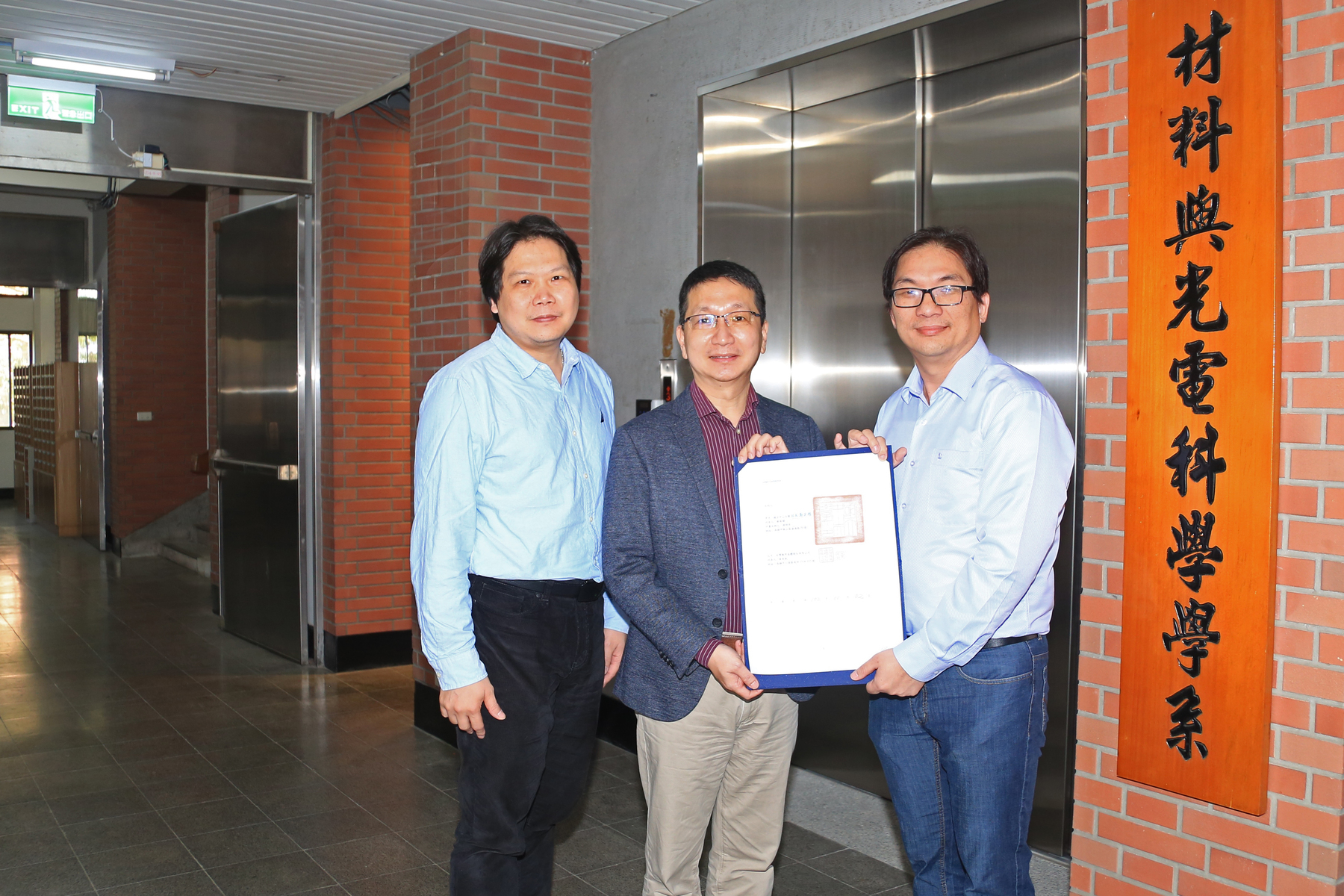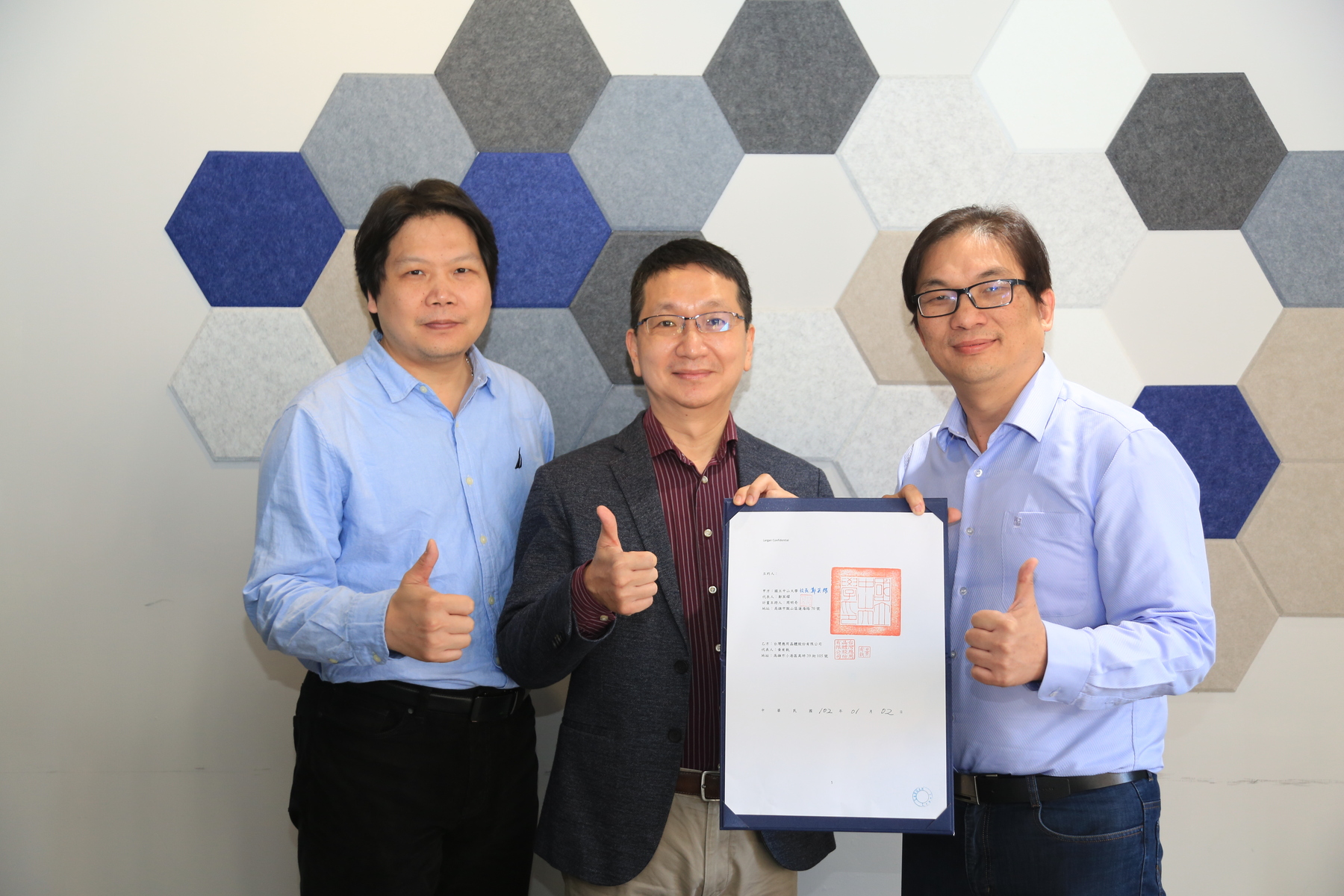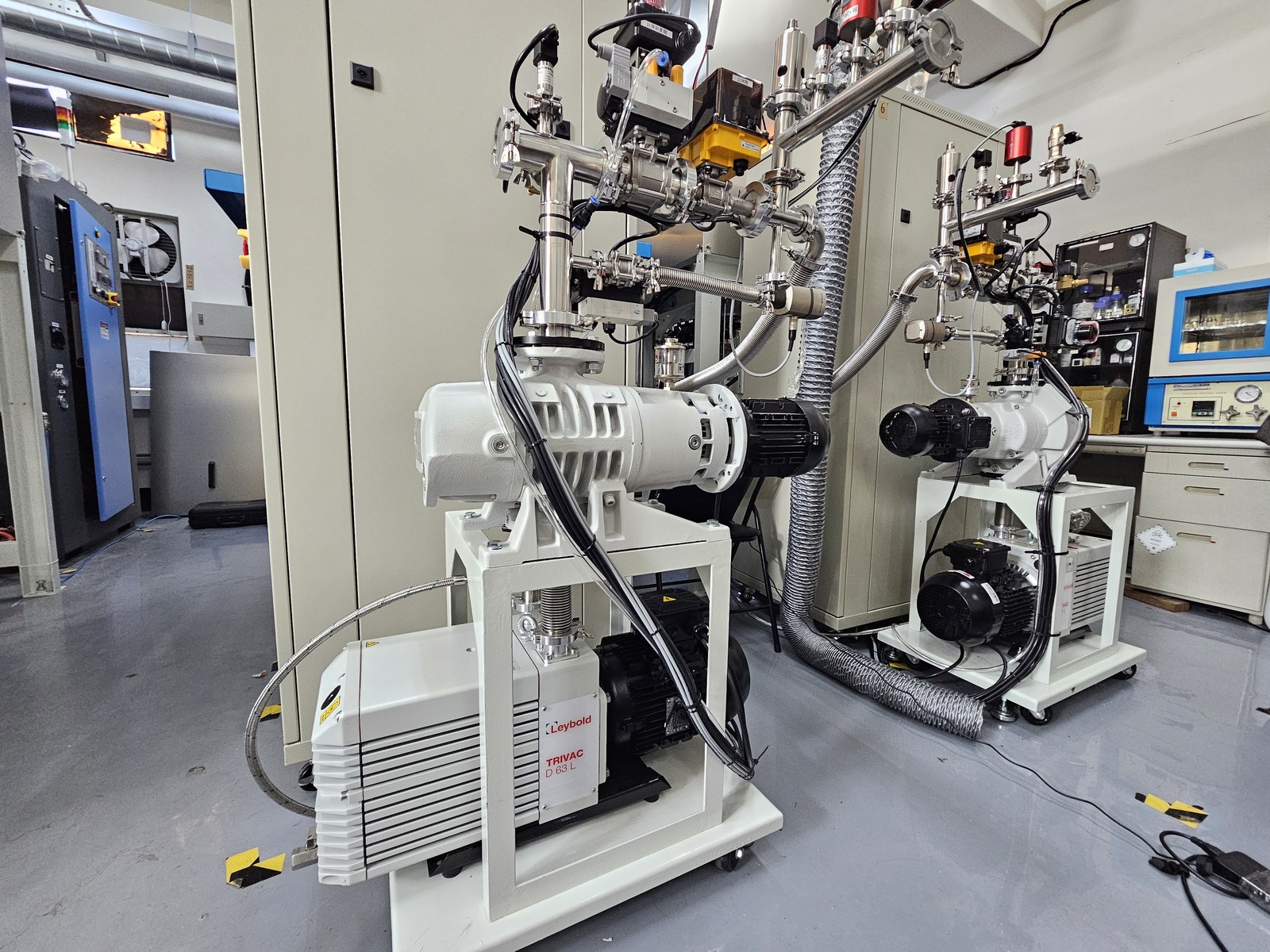NSYSU develops a 6-inch Gallium Trioxide single bulk crystal that boosts emerging semiconductor technology



2024-08-13
Emerging semiconductor materials are constantly being introduced, with Gallium Trioxide (Ga2O3) having a wide range of applications. The Center of Crystal Research at National Sun Yat-sen University (NSYSU) signed a collaboration contract with Taiwan Applied Crystal Co., Ltd. and its affiliated industry association for the "Large-size Gallium Trioxide Crystal Growth" project. The enterprise invested TWD 50 million in the research of Gallium Trioxide single bulk crystal, with the goal of successfully producing 6-inch Gallium Trioxide single bulk crystal within three years, to create competitive advantages as a pioneer for the next-generation semiconductor material industry in Taiwan, and the prospects are promising.
In recent years, electric vehicles, aerospace, communications, and energy applications have attracted global attention, and the market demand for next-generation compound semiconductor materials is growing rapidly. Mitch Ming-Chi Chou, the then Chair Professor of the Department of Materials and Optoelectronic Science and Director of the Center of Crystal Research at NSYSU, pointed out that following gallium nitride (GaN) and Silicon Carbide (SiC), Gallium Trioxide (Ga2O3) has emerged as a rising star among wide bandgap semiconductor materials. Gallium Trioxide offers notable advantages in various performance indicators, including withstanding higher voltages and critical electric fields, featuring power loss that is 1/3400 of silicon and 1/10 of SiC, and possessing unique properties such as transparency and conductivity. Additionally, its application are also more extensive, covering electric vehicles, power systems, wind power energy, communications, optoelectronic devices, photodetectors, and gas sensors, etc., making it quite forward-looking.
Mitch Ming-Chi Chou said that crystal growth rate and stable quality are the keys to success in upstream semiconductor materials. Both domestically and internationally, early investment has been made in the research and development of Gallium Trioxide epitaxial films. However, neither the academic community nor enterprises in Taiwan currently has the capability to produce a single bulk crystal of Gallium Trioxide. It takes ten days to grow a Gallium Trioxide single bulk crystal with a high melting point. The threshold for such crystal growth is extremely high because in the process crystal needs to remain stable for a long time in a high-temperature and sealed crystal growth furnace.
He emphasized that the Center of Crystal Research at NSYSU has just received support from Phase 2 of the Higher Education SPROUT Project (HESP) of the Ministry of Education and is the only laboratory that can produce next-generation semiconductor SiC. Last year, it successfully produced a 6-inch SiC bulk crystal. The technology was transferred to Taiwan Applied Crystal Co., Ltd. and its affiliated industry association, strengthening confidence in continuing collaboration with NSYSU. The Center of Crystal Research at NSYSU has produced Gallium Trioxide single bulk crystal with a diameter of 40mm (about 1.5 inches) in the past, and will strive to make breakthroughs in critical technologies in the next three years. With many years of experience in crystal growth, the center also designs crystal growth equipment. The crystal growth furnaces are all manufactured by companies incubated by the NSYSU Innovation and Incubation Center. The software and hardware, including power supplies and computer control systems, are 100% MIT. Currently, there are four 6-inch SiC crystal growth furnaces and one 8-inch SiC crystal growth furnace.
In addition, Mitch Ming-Chi Chou said that the Center of Crystal Research has successfully produced scintillation crystals required for Positron Emission Tomography (PET), the cutting-edge medical product. PET is an important diagnostic tool for cancer and neurological diseases, with many technology transfer and collaborations in the past. Currently, the Center of Crystal Research and the technology transfer enterprises are cooperating with the University of Chicago, the University of Pennsylvania, and the Dutch company Philips to develop whole-body PET equipment, which is expected to significantly shorten the PET/CT examination time and alleviate patients' claustrophobia symptom. In the future, the center will work closely with the College of Medicine of NSYSU, aiming to make significant contributions to the development of high-end medical imaging equipment and hospitals.
